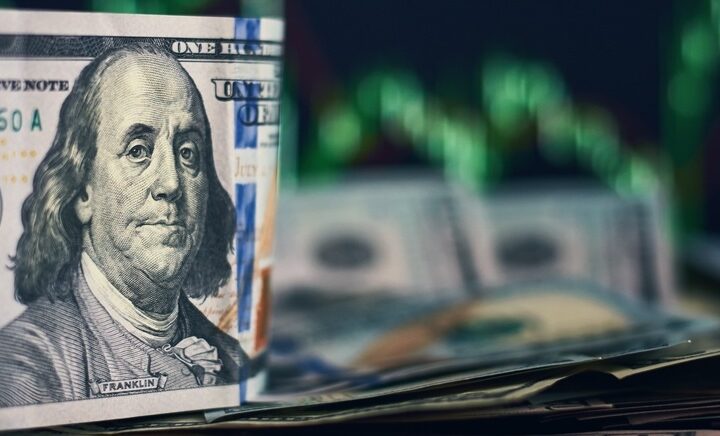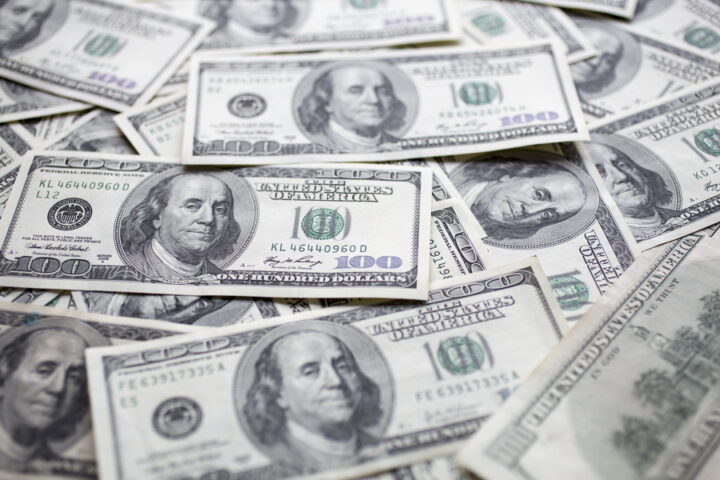Risk assets from Asian shares to commodities rallied while the dollar index slipped further to a multi-month low on Friday as markets took positively the U.S. Federal Reserve's aggressive new stimulus to drive job creation in the U.S. economy.
European equities rose sharply, with a 0.4 percent rise in U.S. stock futures suggesting a solid Wall Street start as well. Paris's CAC-40 rose 1.8 percent and Frankfurt's DAX opened 1.4 percent higher.
The Fed's move bolstered the risk-positive momentum at work since the European Central Bank's bond-buying scheme to get borrowing costs down for struggling euro zone members was approved by Germany's constitutional court.
MSCI's broadest index of Asia-Pacific shares outside Japan soared 2.9 percent to four-month highs, and looked set for its biggest weekly rise in more than nine months with a 4.3 percent gain. U.S. stocks scaled multi-year peaks, with the Standard & Poor's 500 Index hitting its loftiest close since December 2007 on Thursday.
Japan's Nikkei stock average jumped 2.1 percent to its highest in three weeks, pulled higher by gains in beaten-down cyclicals, but the firm yen weighed. Japanese markets will be closed on Monday for a holiday.
Robust equities buoyed risk-sensitive currencies, with the Australian dollar hitting a one-month high of $1.0587, while the Aussie also rose 0.5 percent against the yen to 82.11 yen and the euro up at a 2-1/2-month high against the yen at 101.22 yen.
The dollar index measured against a basket of key currencies fell to its lowest in over four months of 79.041.
Shanghai commodities futures, from copper, zinc to rebar jumped between 3 and 5 percent on hopes the Fed's move would bolster global demand for manufacturing and building materials.
"The Fed took the best possible policy option that's available now, aiming to bolster asset prices while taming the rise in key commodities and energy prices but also aiming to achieve an inflation target," said Naohiro Niimura, a partner at Tokyo-based research and consulting firm Market Risk Advisory.
"The key is that it's open-ended, eyeing a gradual and longer-lasting effect of monetary easing," he said, adding that base metals such as copper, which has been weighed by concerns about sluggish demand as economic fundamentals weakened, have a big scope for further gains after the Fed's action.
The Fed said it will buy $40 billion of mortgage-backed debt per month until the job market improves substantially as long as inflation remains contained – acting on its dual mandate to maintain price stability and tackle unemployment.
The U.S. central bank also said it was unlikely to raise interest rates from current lows until at least mid-2015, extending the time frame for such a move from late 2014.
"The Fed decision to introduce the newest round of quantitative easing is less QE3 and more QE Infinity," said Neal Gilbert, currency strategist at GFT Forex in New Jersey, noting that no limit has been set on the intervention.
"With Europe getting their act together (at least temporarily), the Fed flooding the market with cash, and China talking stimulatory infrastructure projects, the three largest influencer of market dynamics could be creating a bull market for at least the near term," he told Reuters by e-mail.
Gilbert said the yen may face the unintended consequence of appreciating against the dollar to levels that the Japanese authorities would find uncomfortable.
Indeed, Finance Minister Jun Azumi said on Friday that Japan stands ready to take decisive action against excessive yen rises if necessary.
The dollar traded up 0.2 percent at 77.62 yen, recovering from the seven-month low at 77.13 yen touched on Thursday. The euro hit a fresh four-month high at $1.3035 .
GOLD BEST BENEFICIARY
Spot gold rose 0.6 percent to a 6-1/2-month high of $1,777.26 an ounce, on top of Thursday's 2 percent gain.
Jeff Sica, chief investment officer of Sica Wealth Management, which currently manages over $1 billion in client assets, real estate and private equity holdings, now sees gold as the best investment in the face of mass liquidity creation and the weakening dollar.
"The appeal of gold as a shelter from fear and a secondary currency has never been greater," Sica said in an e-mail to Reuters, adding he expected commodity prices to continue rising.
Oil extended its overnight gains, with U.S. crude futures rising 1 percent to $99.30 a barrel and Brent adding 0.6 percent to $116.62.
Sica doubted, however, that market euphoria will last long, as investors will soon shift their focus to the weak economic fundamentals and the risk of relying heavily on a government entity for its growth.
"As the central bank takes this responsibility and commits to its execution, any attempt to return to an economy that relies on free market fundamentals will be extremely difficult – the Fed has crossed the point of no return," he said. Asian credit markets also firmed significantly, tightening the spread on the iTraxx Asia ex-Japan investment-grade index by 13 basis points to its lowest since July 2011.







